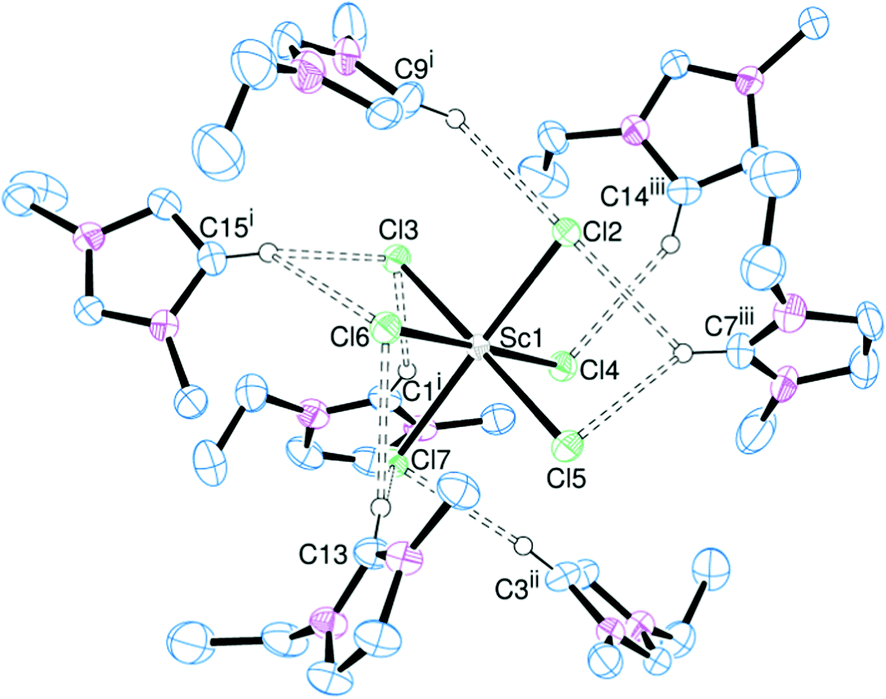

This is an extension of the LS concept where we come across newer terminologies like the steric number and electron repulsion (minimum repulsion between valence electron pairs is supported by chemical nature). Well, the most widely used model is the VSEPR model or Valence Shell Electron Pair Repulsion Theory model. Now, how can you determine the molecular geometry of the ClO4 ion? This is known as molecular geometry which tells us about the molecular shape. To have a clearer idea of a given molecule, we need to also have in-depth knowledge about the 3-dimensional nature. Lewis Structure does give us a viewpoint on the nature of bonds and formal charge concepts but it has its drawbacks. Only understanding the two-dimensional structure of a molecule is not enough for detailed knowledge of the characteristics and nature of a molecule. Thus, we have completed our Lewis Structure diagrammatic representation of perchlorate ions. The negative charge on -1 is due to the single-bonded oxygen. This makes three oxygen atoms doubly bonded with chlorine while one remains single-bonded. To make the formal charge near to zero value, we will form three double bonds around Chlorine each one with an Oxygen atom. We have to check the formal charge.Īs per the formula mentioned above, we find out that chlorine has a formal charge of +3 whereas each oxygen has a formal charge of -1. Total number of valence electrons in ClO4 = 7*1 + 6*4 = 31īut as we know ClO4 is an ion having a negative charge of -1.Ĭhlorine is the least electronegative atom here, hence, it will be considered as the central atom.Īfter drawing the skeletal sketch and making the valence electrons 32 with 8 around each, we seem to have completed the dot structure. Oxygen, on the other hand, belongs to the chalcogen family of group 6, therefore having 6 electrons in its valence shell. Now, let us focus on our given molecule ClO4.Īt the very beginning, calculate the valency:Ĭhlorine is a halogen, hence it belongs to the halogen family of group 7. The formula in the above diagram helps us find out the formal charge easily. In this final step, therefore, all we need to do is calculate the formal charge. Helps create a perfect Lewis Structure by sharing bonding electrons equally among the bonded atoms. In order to have a unique LS for every different molecule, we have to depend on the formal charge.

If there is any tendency of an atom to form double or triple bonds, we can show them via double or triple straight lines inside the Lewis Structure diagram.ĭo you know that sometimes we can end up having more than one Lewis Structure sketch for a single molecule? This can be quite confusing. Now that we have found out the octet configurations, we will focus on multiple bond formation in the penultimate step. In this step, we will focus on atoms to have eight electrons in their outermost shells starting with the more electropositive ones. Leaving aside hydrogen that tries to reach helium configuration and hence needs only two electrons in its outermost shell, all other atoms tend towards eight valencies. The octet rule is a significant concept that lets atoms try to reach their closest noble gas configurations. Now, we have to sketch a skeleton diagram of the molecule along with atoms and their valence electrons along with any single bonds happening between the atoms. Identifying the central atom makes our task a lot easier, doesn’t it? The atom having the highest number of binding sites is the central atom. We can easily find out the central atom if we have a clear understanding of the electronegativity concept. Our second step will be to determine which one of the constituent atoms will act as the central atom. We are done with calculating the total number of valence electrons of all the atoms in a given molecule.

Now, there are two signs or symbols that we have to work with while finding out the Lewis Structure: ‘+’ and ‘-’. Valence electrons refer to the number of electrons that atoms have in their outermost shells. The very first step of the above-mentioned process is to list down the total number of valence electrons that the molecule contains. Let us check how we can perfectly form a Lewis Structure diagram of any molecule with the help of the following steps: Lewis Structure or electron-dot structure is one such representation of chemical bonding between atoms inside a compound which helps us sketch a line dot diagram of atoms along with electrons and bonds. How some atoms come together and form covalent bonds with each other inside a molecule is something we need to visualize to be able to grasp the science behind this.

Chemical bonding is one of the most important and interesting chapters of chemistry.


 0 kommentar(er)
0 kommentar(er)
